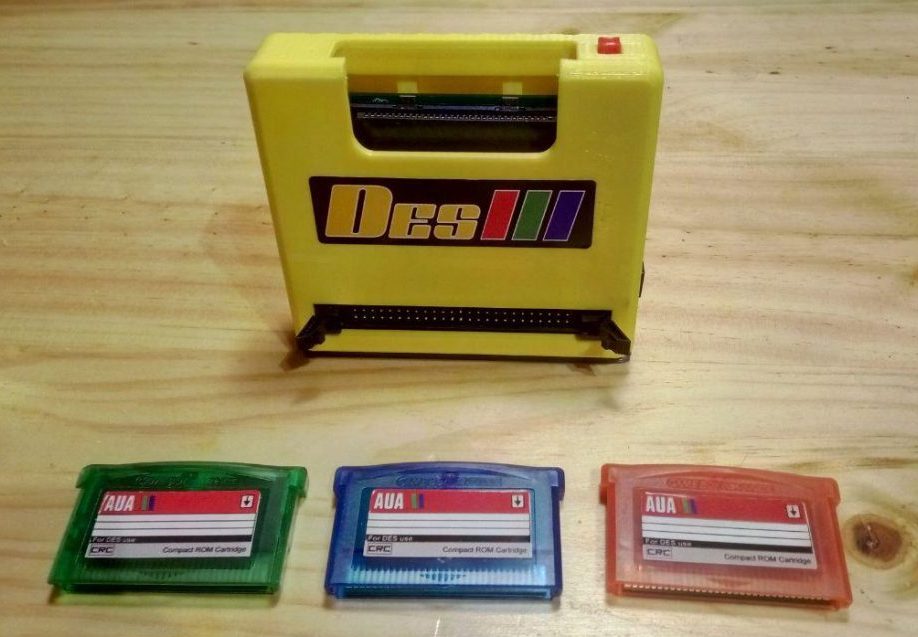The Origin of DES and its differences with the Original Dandanator
The DES is based on an original idea of Dandare, overCLK and mad3001 and many others: the CPC Dandanator! Mini. It is a game cartridge for Amstrad CPC and Amstrad CPC+ computers, with a capacity of 512Kb of ROM memory, divided into 32 blocks of 16KB each.
It is oriented to the development and distribution of games in cartridge mode, as well as the loading of "snapshots" through PC or MAC with usb connection. The system supports 64 and 128 KB games, but to make them work on the CPC it must have the corresponding RAM memory or an expansion if necessary.
All this information and more details can be found in the project websiteas well as all the software necessary for the use and the sources of the project to be able to reproduce it.
This cartridge-based game system is currently being used as a physical medium by the development group 4mhzwhich has demonstrated the system's viability with the aces repoker games compilation.
What are the differences between the Dandanator CPC! Mini and DES?

On the front of the DES base there is an "easy release" IDC connector, which allows the use of an EDGE (CPC Classic) or Centronics (CPC PLUS) cable.
On the base there is a slot through which the cartridge with the cartridge is inserted. flash romwhere the game is located.
In the picture you can see a conceptual graphic of the system. The cartridge with the flash rom (top) is comfortably inserted from the top into the base (bottom).
At the proposal of DandareIn addition, cartridge inserted detection has been included, so that if the cartridge is not present, the CPC behaves as if the system is not connected.
The design has taken into account the possibility of including a rear connection in the format MX4The system is designed for possible future expansion, as well as a power supply connection (if necessary).
We start from the idea of adapting two aspects:
Given that the ?game or programme? is hosted in the flash romwe can make it interchangeable by giving it the form of a cartridgeThe rest of the original electronics are included in a base that connects to the CPC or CPC+.
This will allow us to make a significantly more affordable game cartridge. With this design, the base would only have to be purchased once.
Moreover, as is well known to all current Amstrad users, due to the high cost of 3? disks and the malfunctioning of tape players, an alternative physical medium is necessary.
How could it be otherwise? the project will be in the public domain and can be freely reproduced as the original project.
















Reviews
There are no reviews yet.